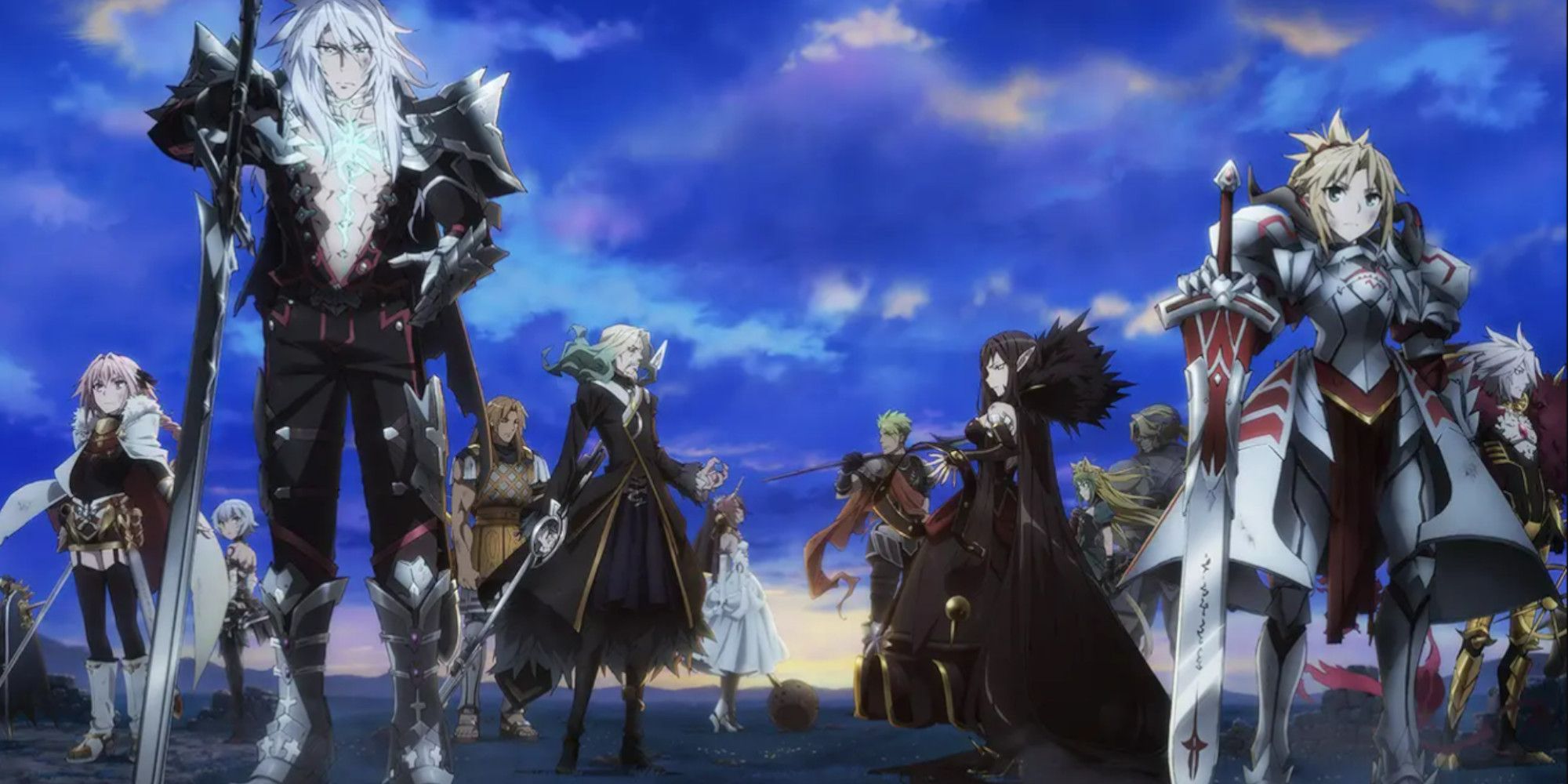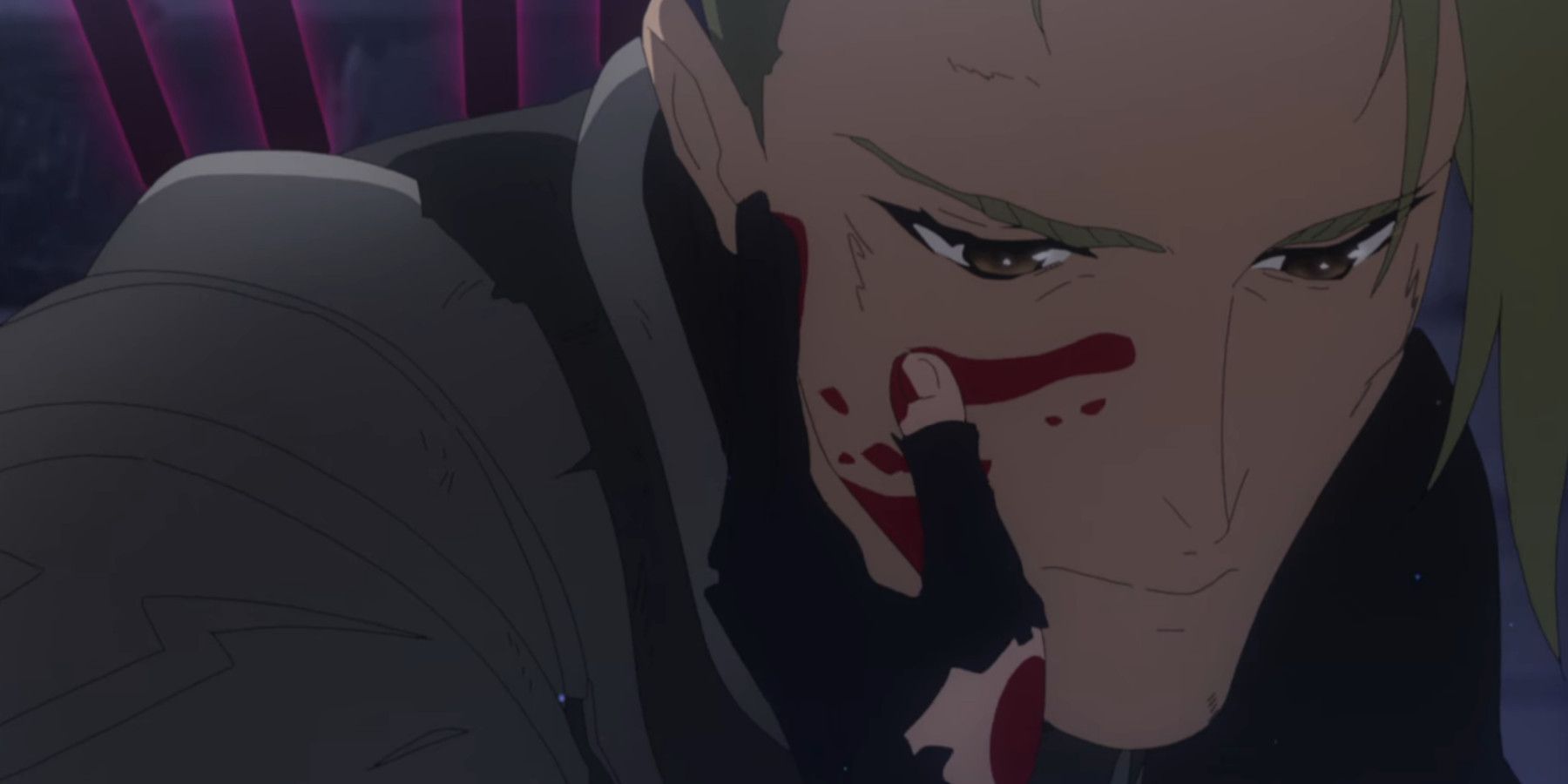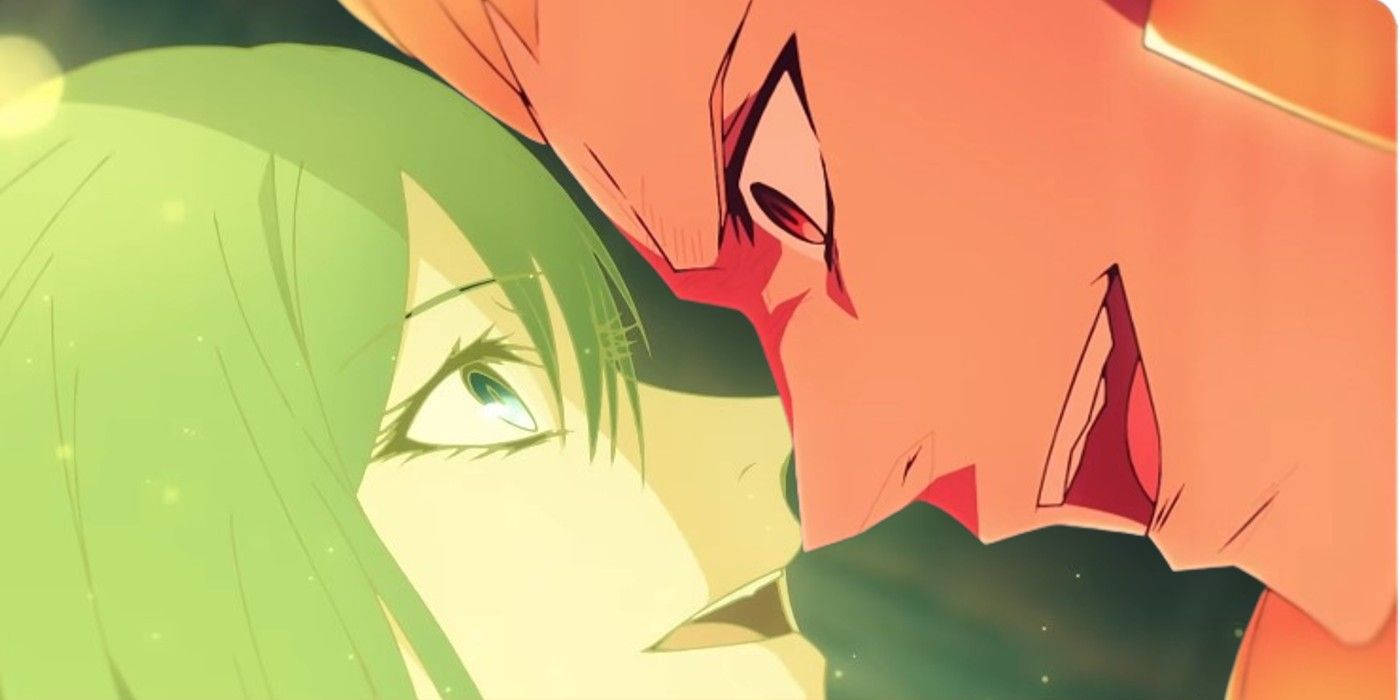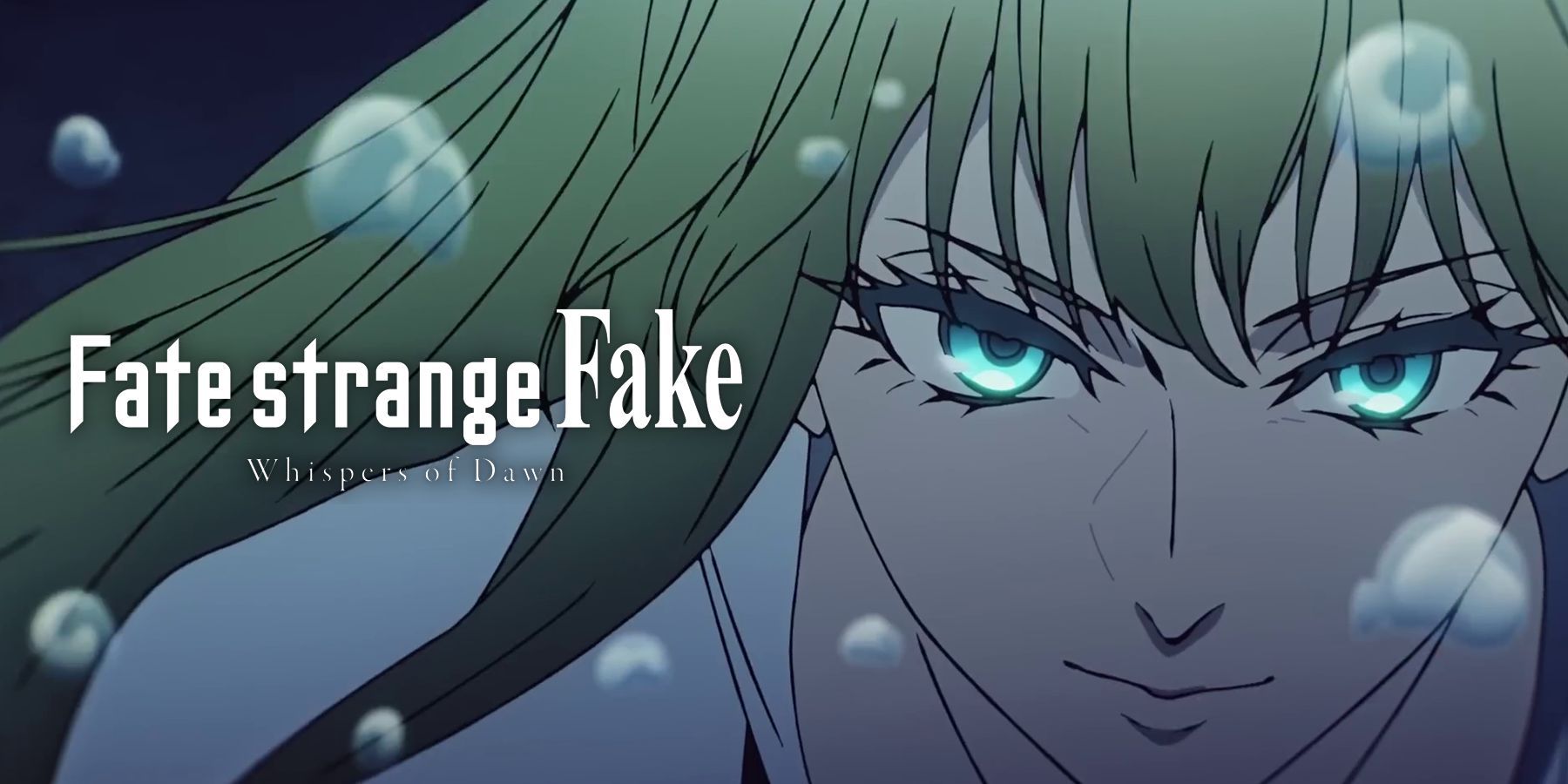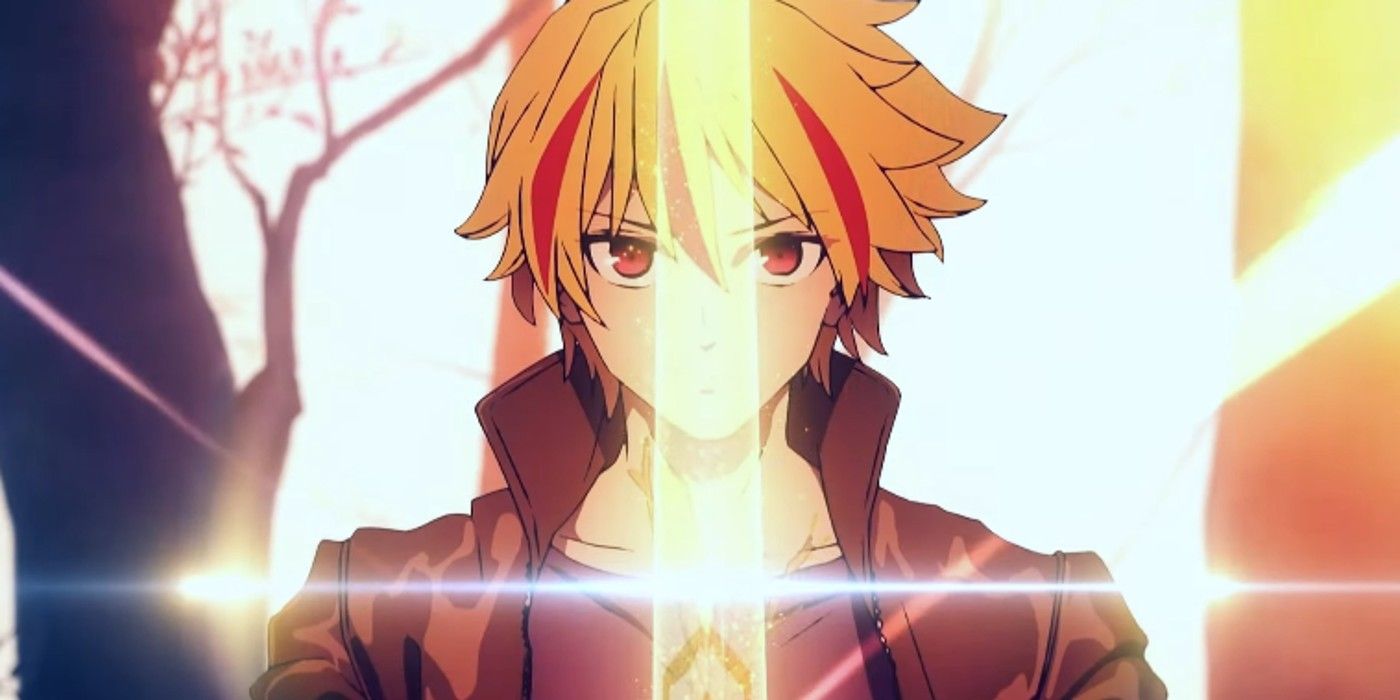
Unraveling the Intricacies of Fate/Apocrypha: A Spotlight on Strange Fake's Prototype

Delve into the groundbreaking origins of Fate/strange Fake's anticipated adaptation Explore its initial reception, unique twists, and the consistent brilliance that captivated audiences worldwide
Highlights
Fate/Apocrypha initially faced mixed reception due to high expectations from fans and criticism of the studio, but it is now remembered more fondly.
Apocrypha's intricate narrative, extensive ensemble, and innovative approach to the Fate formula garnered mixed opinions. However, its well-developed characters and subversive elements have received high acclaim. Despite minor drawbacks in animation and continuity, Apocrypha sets itself apart through its exceptional sound design, captivating music, and sporadic displays of brilliance. The strong ensemble cast and occasional stunning visuals further justify its worthiness as a viewing experience.
The adaptation of Ryohgo Narita's Fate/strange Fake is highly anticipated and has been in high demand among fans of the expanded Fate Series for years. It is interesting to reflect on the mixed reception that 2017's Fate/Apocrypha received, considering its similarity to Strange Fake in terms of premise and studio.
Directed by Yoshiyuki Asai and based on Yuuichirou Higashide's novel series, Apocrypha takes place in an alternate timeline branching off from Fate/Stay Night after the Third Holy Grail War. When the Yggdmillenia clan initiates a war against the Mages Association, both sides send seven pairs of Masters and Servants to compete for the Greater Grail, thus commencing the "Great Holy Grail War."
The Initial Reception
Nowadays, Apocrypha is regarded more favorably than its initial reception. To understand this change, one must consider the state of the Fate Series at that time, the expectations of the fanbase, and A1 Pictures' reputation. To begin with, following the success of Unlimited Blade Works in 2014, Fate fans anticipated the highest quality, which at the time was associated with Ufotable.
On the other hand, A1 Pictures had received significant criticism for their output during the mid-2010s. This criticism was partly due to growing fatigue towards subpar light novel adaptations and also stemmed from misunderstandings about A1's studio capabilities. For fans of UBW who believed in the perception that Ufotable had an "unlimited" budget, having another studio adapt a grand story like Apocrypha felt like a tragedy.
The size of Apocrypha's narrative proved overwhelming to casual viewers, considering it was the "Great Holy Grail War" that followed the structure established in Fate/Stay Night and introduced a significantly larger number of characters. Many questioned whether such a vast ensemble could be adequately developed without sidelining or killing off a significant portion.
Interestingly, Strange Fake shares many of these same factors, albeit with even more hype surrounding it. A1's reputation has evolved, showcasing their ability to produce higher-quality content. However, it undoubtedly benefits from being written by Ryohgo Narita, the same author behind Bacanno and Durarara. These narratives are renowned for their extensive casts, with intricately interwoven storylines that create a chaotic yet utterly captivating experience.
Fate, But With (Another) Twist
It's natural for people to have a higher level of enthusiasm towards a story written by an author renowned for their exceptional skill in managing numerous characters. Similarly, one could argue that Apocrypha poses a considerable challenge in terms of storytelling, but in reality, this merely implies that the anime does not receive adequate recognition for its accomplishments within this intricate premise.Contrary to popular belief, Fate is actually quite simple in terms of its basic structure. A Grail War, which is synonymous with a battle royale, follows a familiar formula seen in other stories. It involves a specific number of participants, a set of rules governing the competition, and an enticing goal that everyone strives for. However, what makes each new Fate installment captivating is how this formula is cleverly subverted.
Just like there has never been a normal war, there has never been a typical Grail War either. Sometimes, a servant is summoned in a unconventional manner. On other occasions, there may be more or fewer summoned servants. Rest assured, Apocrypha goes far beyond the norm when it comes to breaking away from expectations. From an Assassin possessing strength more akin to a Caster, to the bonding of Servants' souls with other characters' bodies, and many other dynamic changes, there are plenty of innovative tweaks that keep the story fresh.
The protagonist alone embodies countless extraordinary phenomena. Starting as a homunculus, Sieg defies his purpose as a mage's tool, striving for his own life. Significantly, Sieg's character development is captivating, particularly due to his accumulation of powers.
Sieg is named after receiving the heart of the servant Siegfried to ensure his survival, and in addition to those acquired abilities, he eventually becomes a Master. Similar to Shirou Emiya, Sieg is initially of modest power, yet manages to gain the strength required to accomplish astonishing feats later on.
(In)Consistently Awesome
Apocrypha features genuinely compelling characters, although their development varies. Sieg's journey seeks justice for the previously disregarded homunculi in past Fate stories, offering them well-deserved happier endings. Additionally, his charming romance with Jeanne d'Arc adds a touch of sweetness.
Unfortunately, some characters receive limited screen time and fade from memory, such as Vlad Tepes and particularly Darnic. Furthermore, certain character concepts, like connecting Jack the Ripper's legend to the suffering of children in the Industrial Revolution, are questionable. While this premise later adds intense drama, it lacks cohesive storytelling in itself.
The characters in this show, and in the franchise as a whole, truly showcase the skillful storytelling. The chemistry between Mordred and her Master Shishigou is unmatched in Fate. While Astolfo may not be the most powerful Servant, his pride and honor embody the essence of a Heroic Spirit. There are many other great characters, but what matters is that the good characters outweigh the bad.
The magic of Apocrypha extends to its sound design. The scale of the Grail War may not be fully visible, but it can certainly be heard, thanks to the talented sound designer Yasumasa Koyama. The soundtrack by Masaru Yokoyama rivals even Yuki Kajiura's from Fate/Zero. However, it is unfortunate to admit that at times, the outstanding audio of this series can become a crutch.
In terms of animation, this show lacks consistency and can appear messy and generic at times. However, as previously mentioned, there are both highs and lows, and the standout moments in this series are truly worth treasuring, despite some lackluster episodes. Certain scenes effectively convey intense emotions through character performances, and the fight sequences, particularly in Episode 22, rank among the best in Fate's anime collection.
The most challenging aspect of watching Fate/Apocrypha lies in understanding its timeline in relation to other entries, a predicament shared with other installments in the franchise. Nevertheless, for those who have yet to watch it, it is definitely worth giving it a try. Whether it's the compelling cast or the occasionally remarkable visuals, there are strengths to be appreciated. In many ways, it serves as a preview of what A1 Pictures would later achieve. In other words, Apocrypha paved the way for the success of Strange Fake.
Fate/Apocrypha is available to stream on Netflix.
